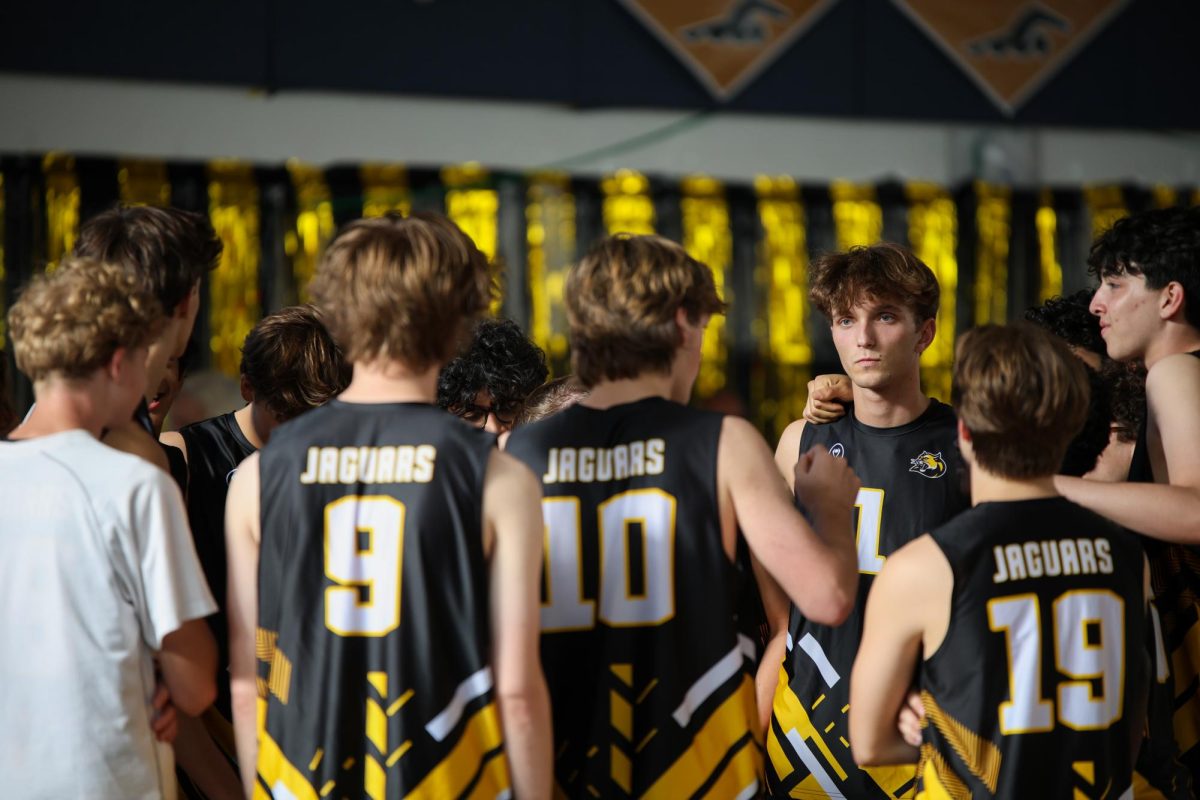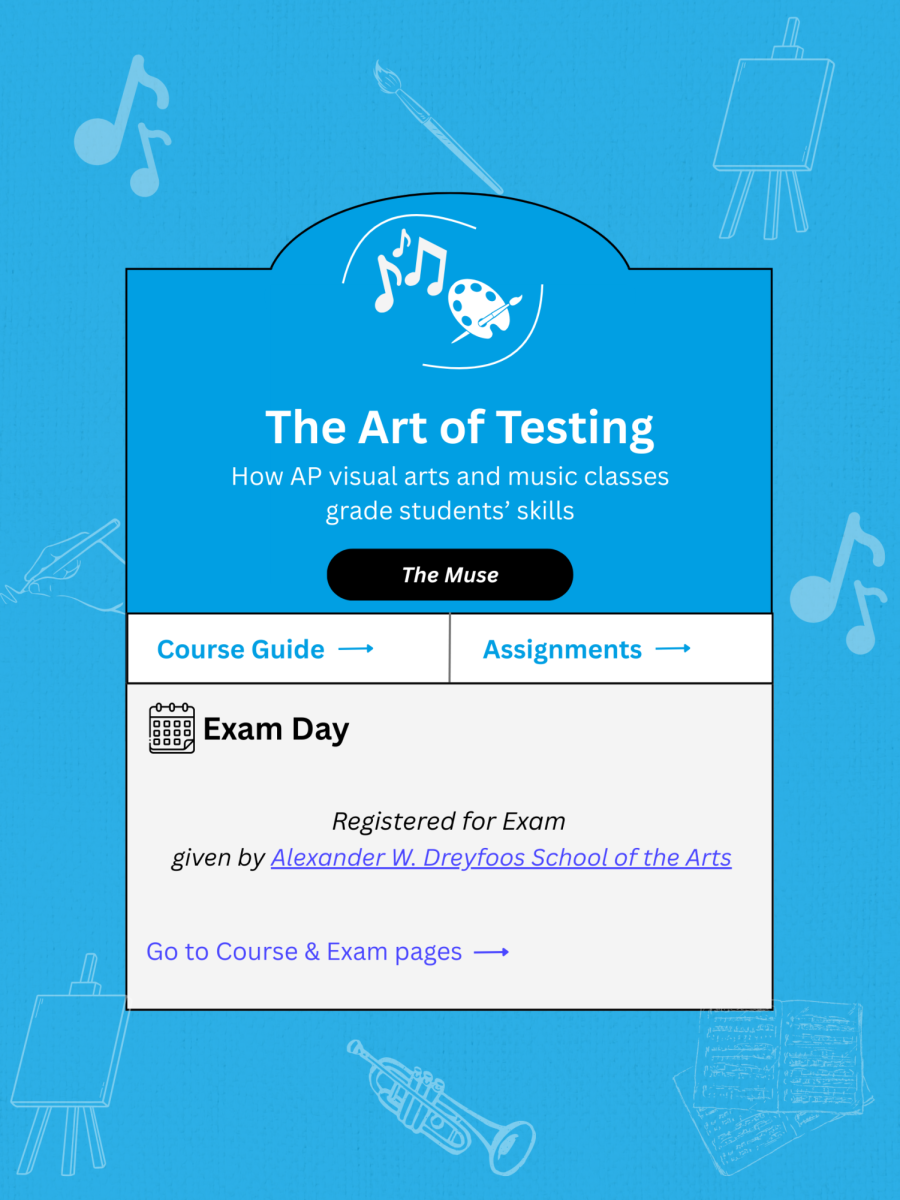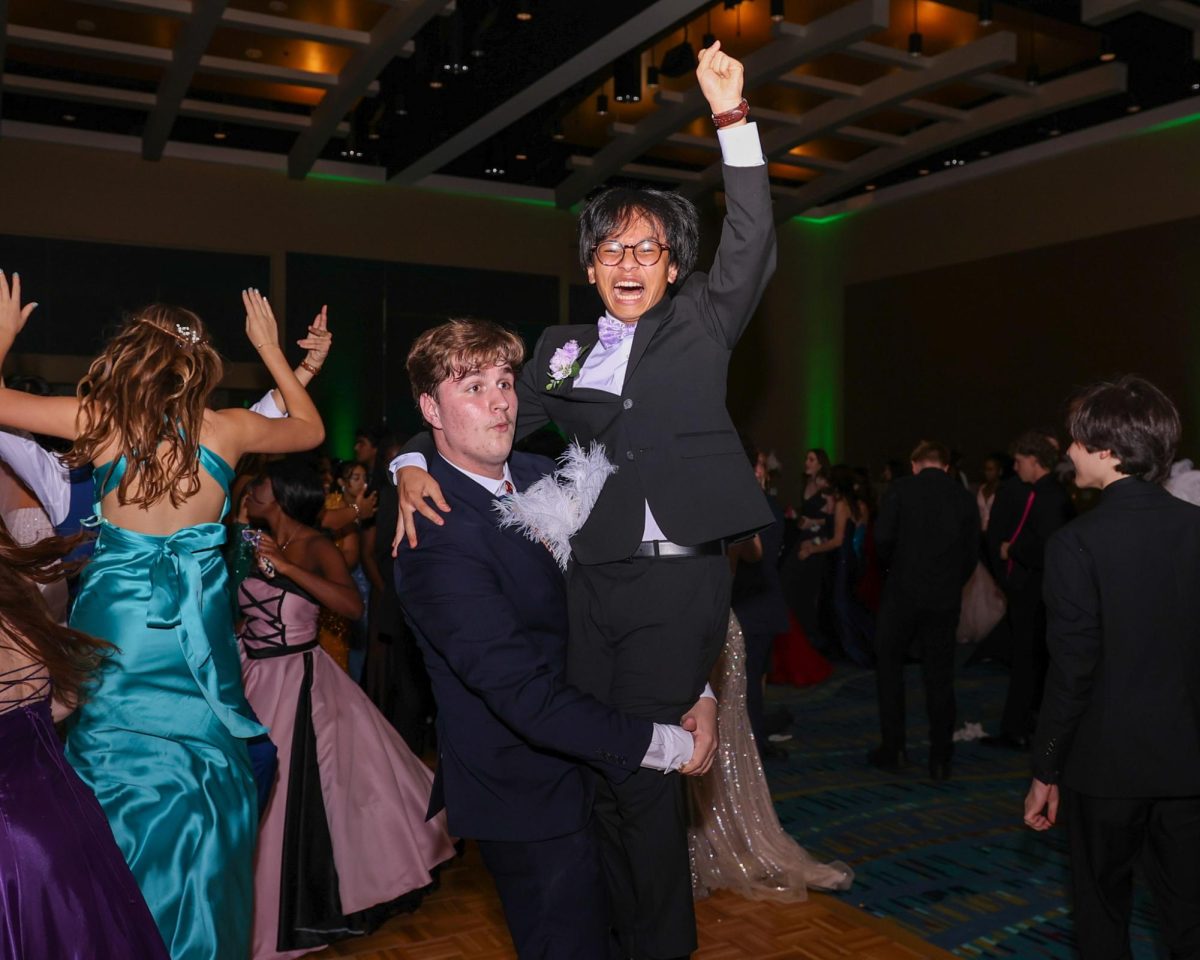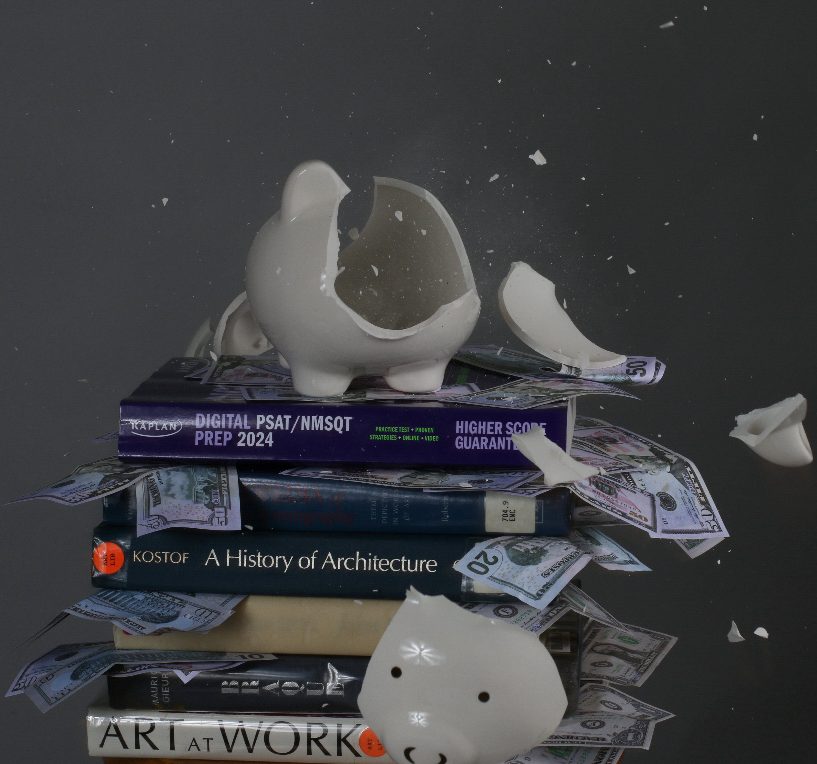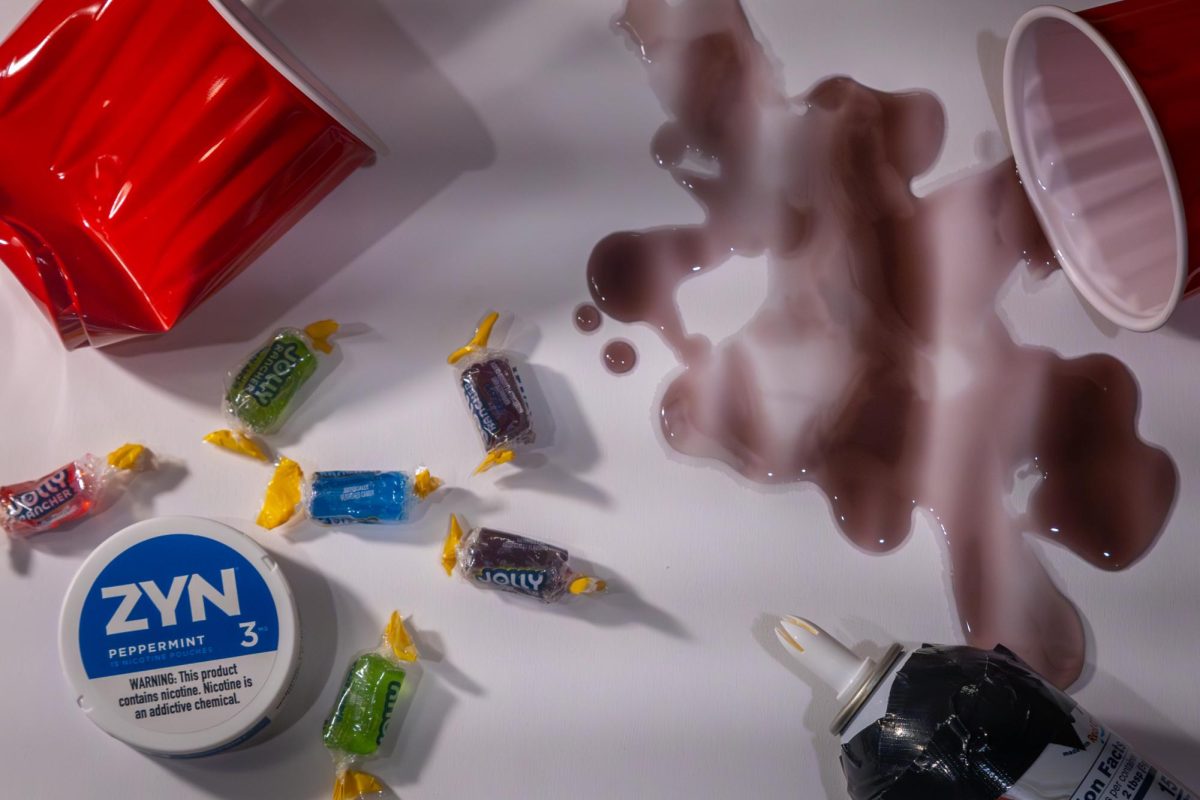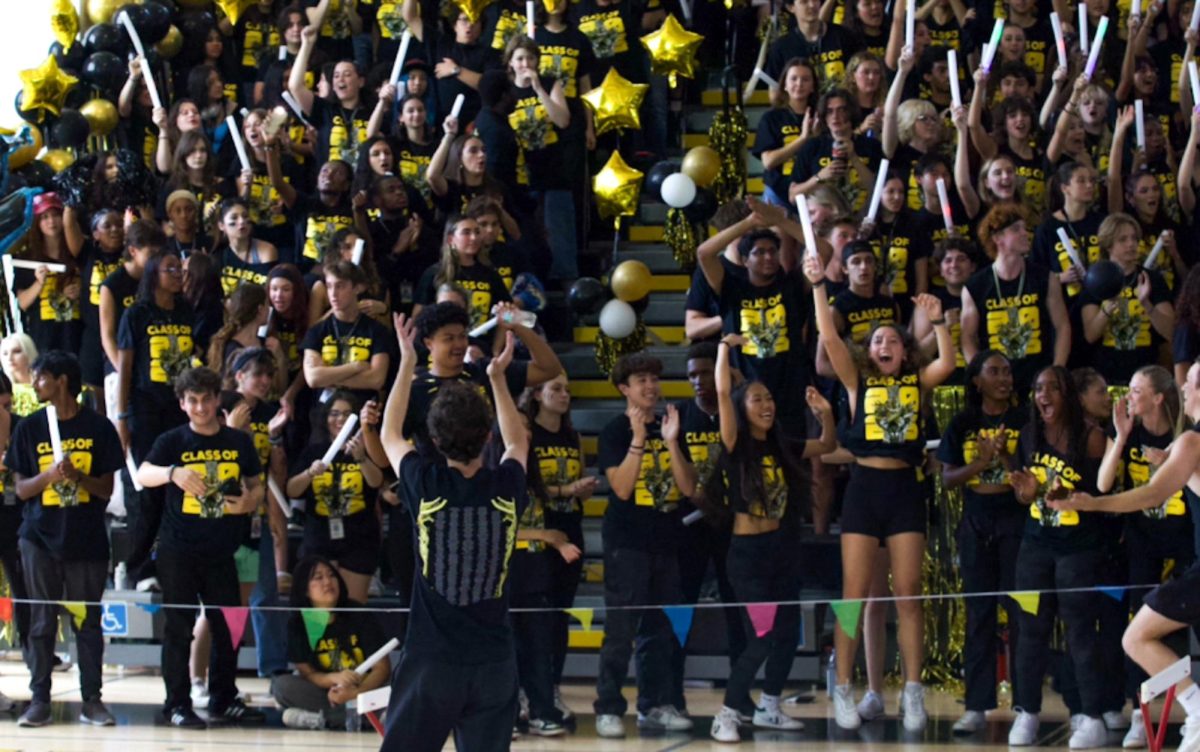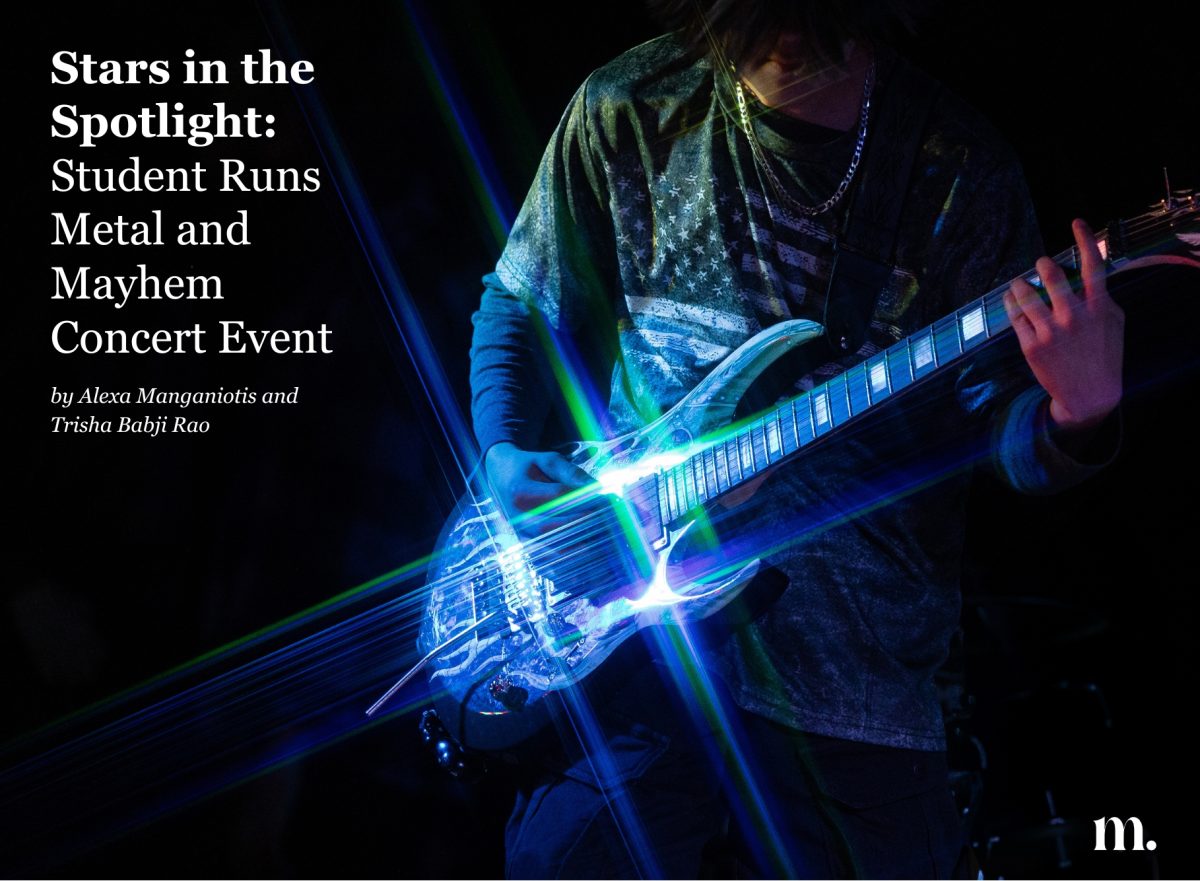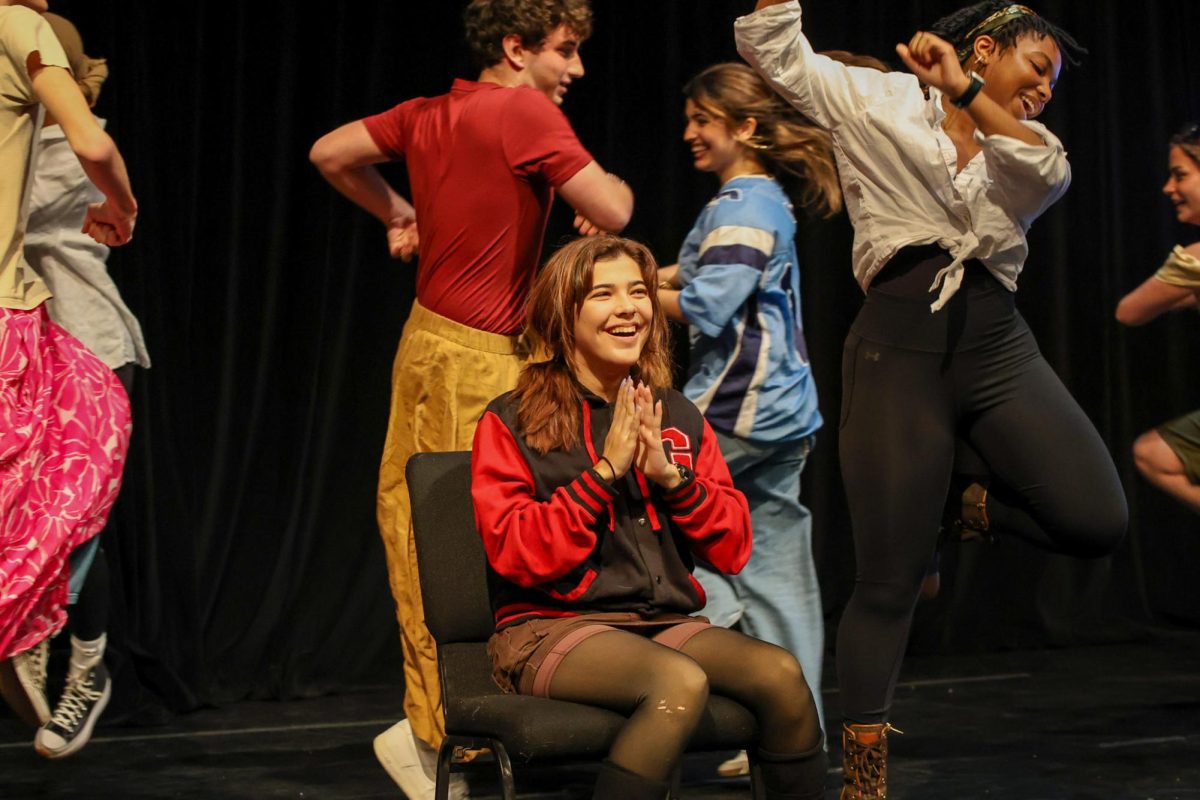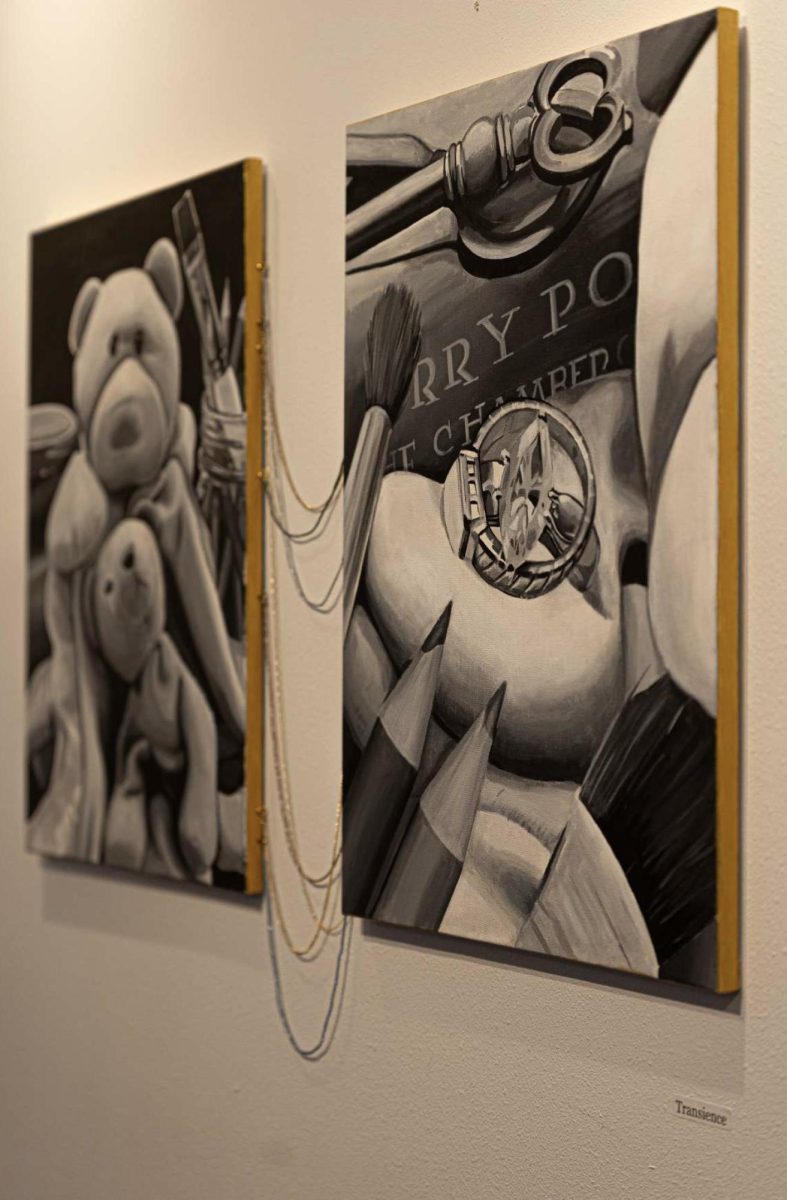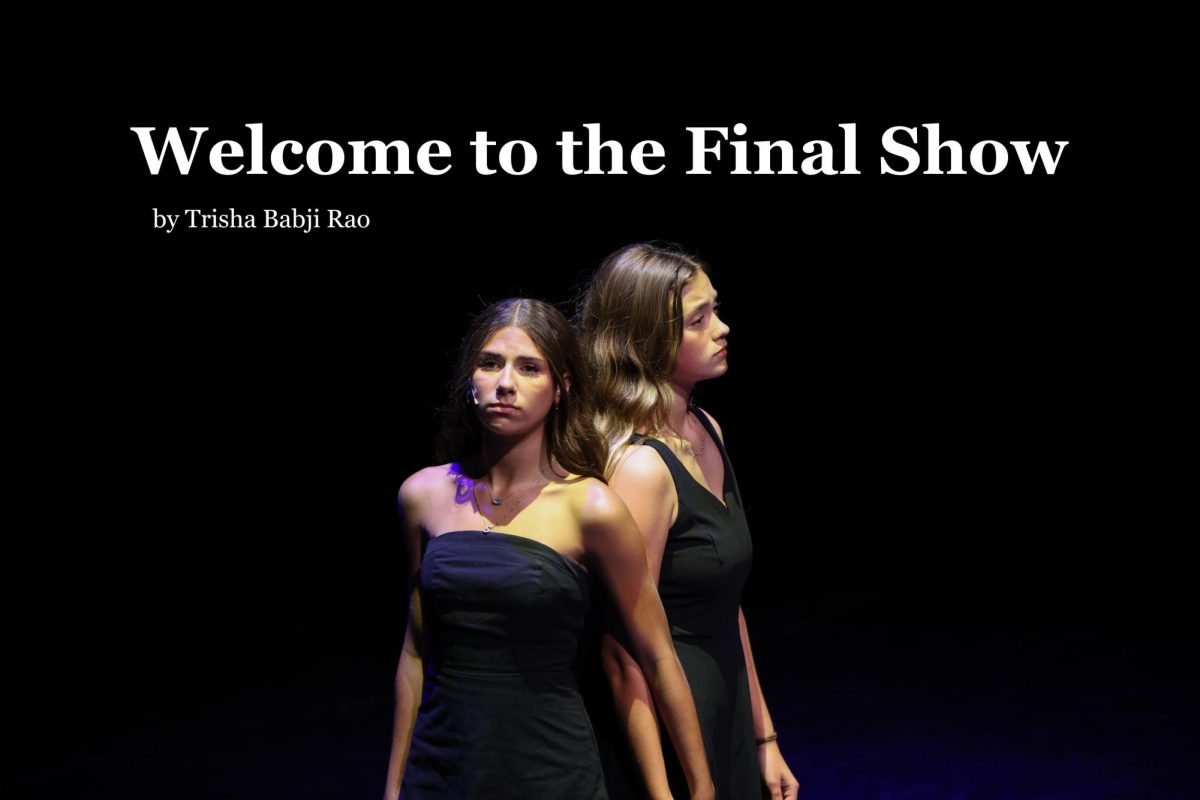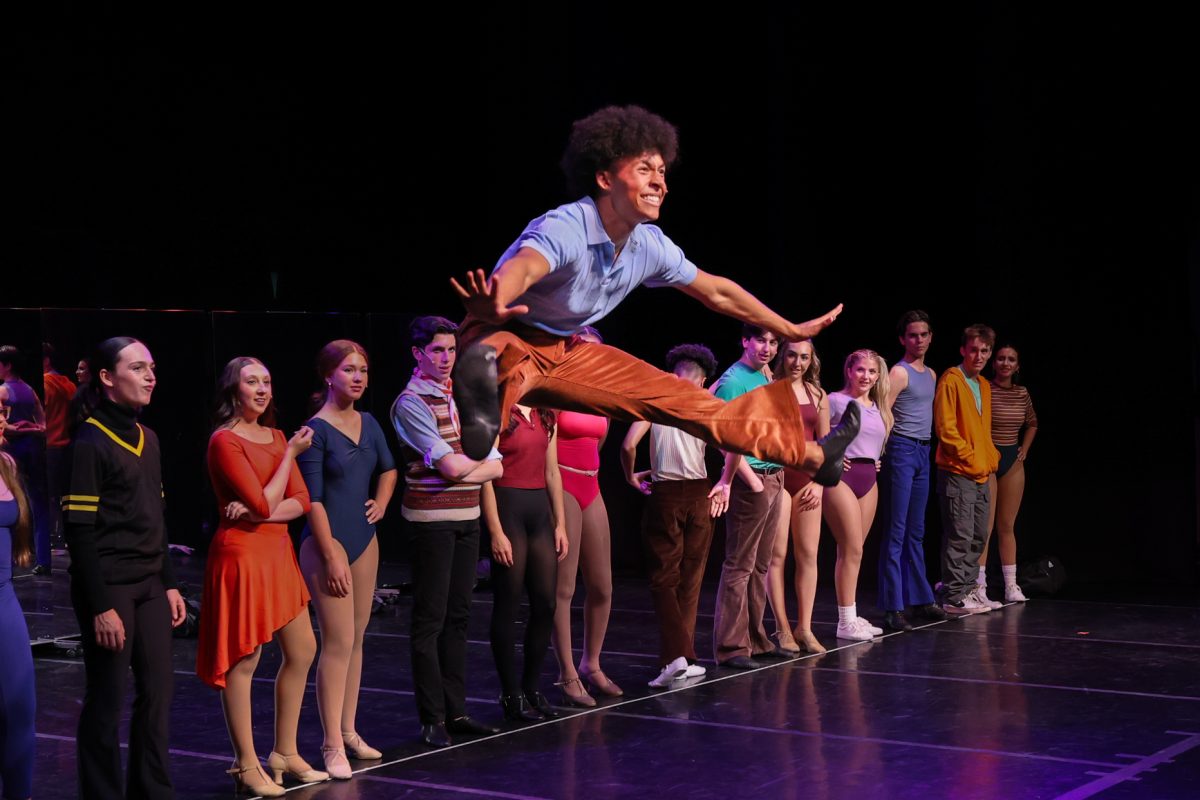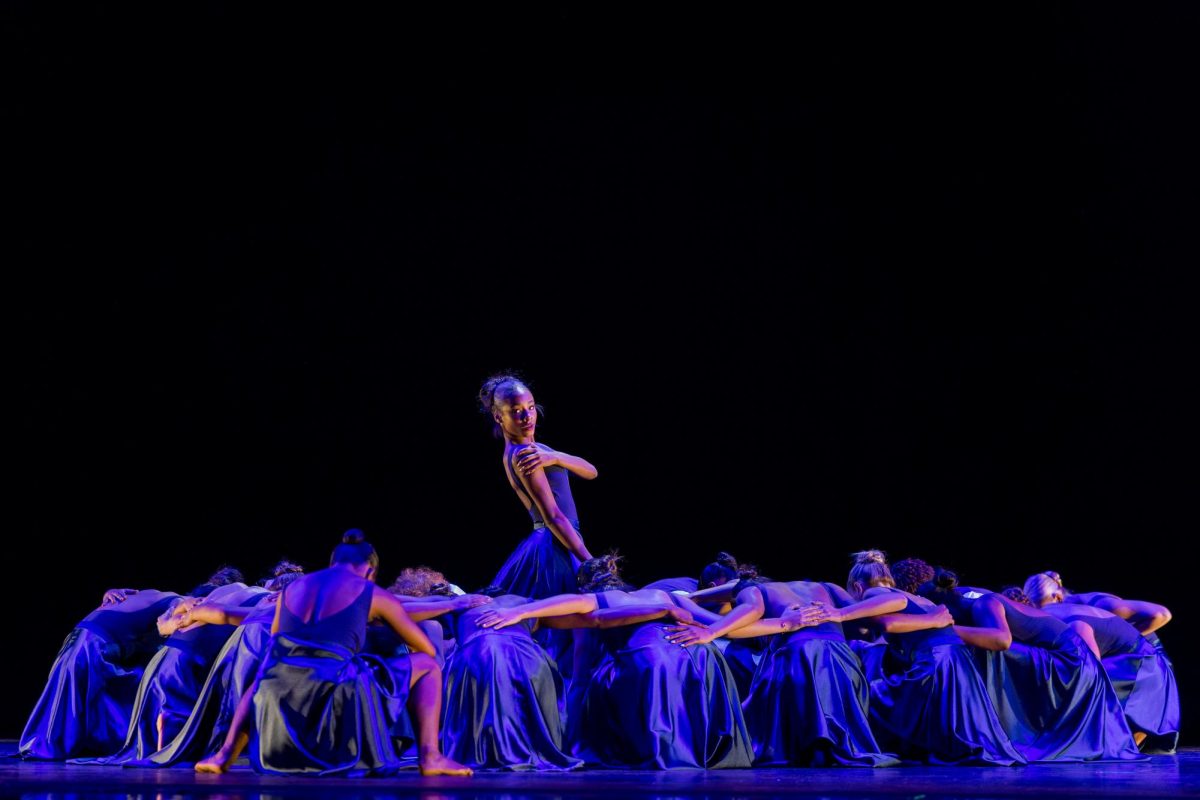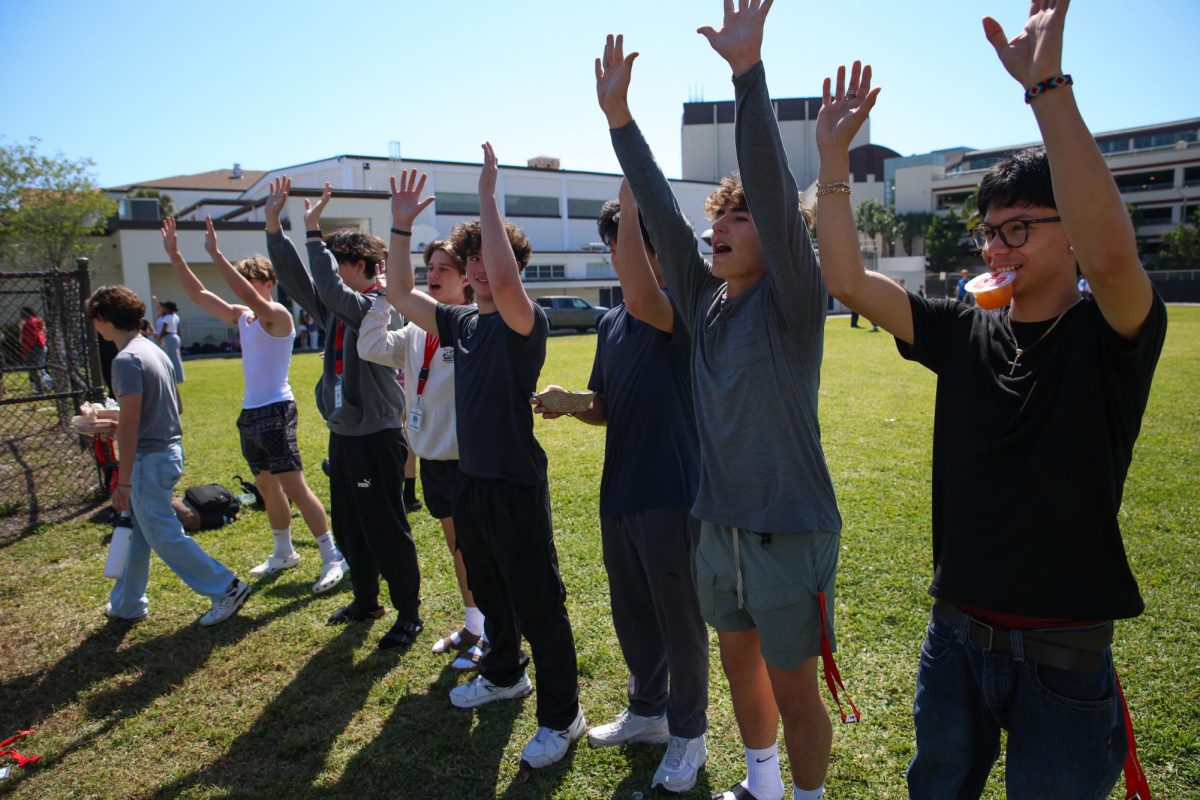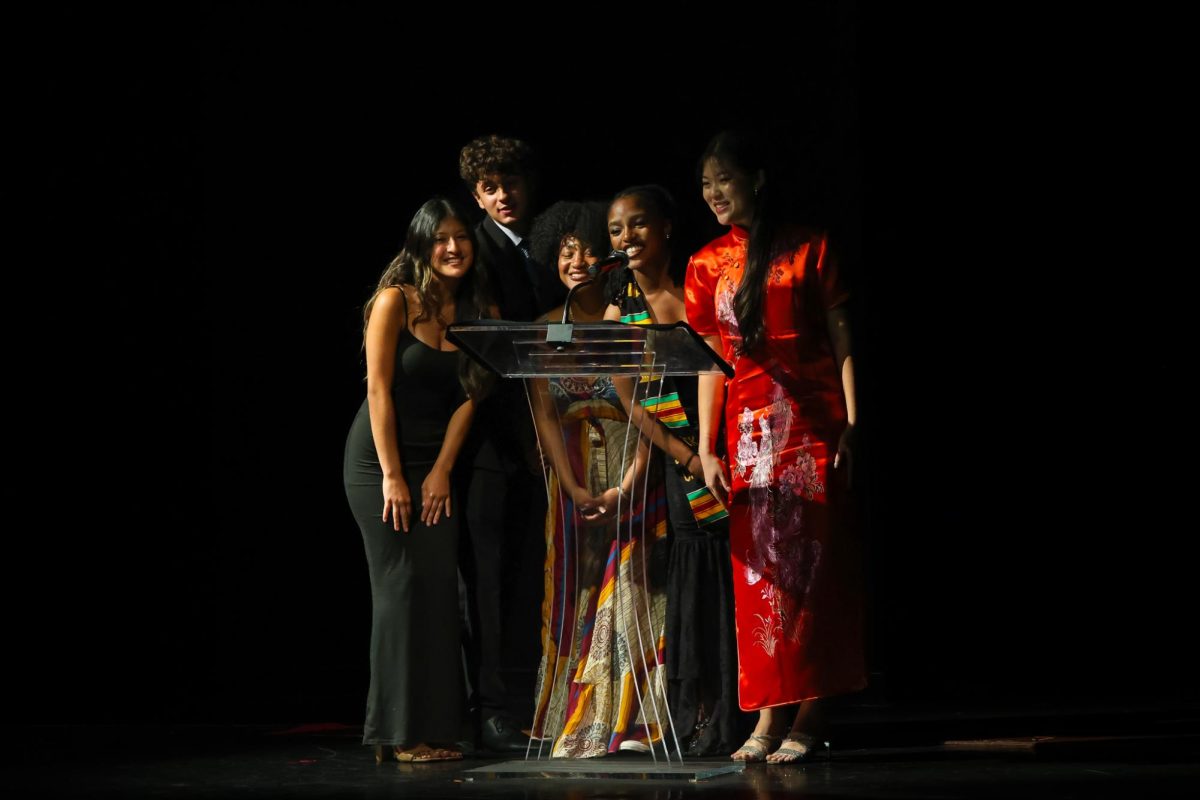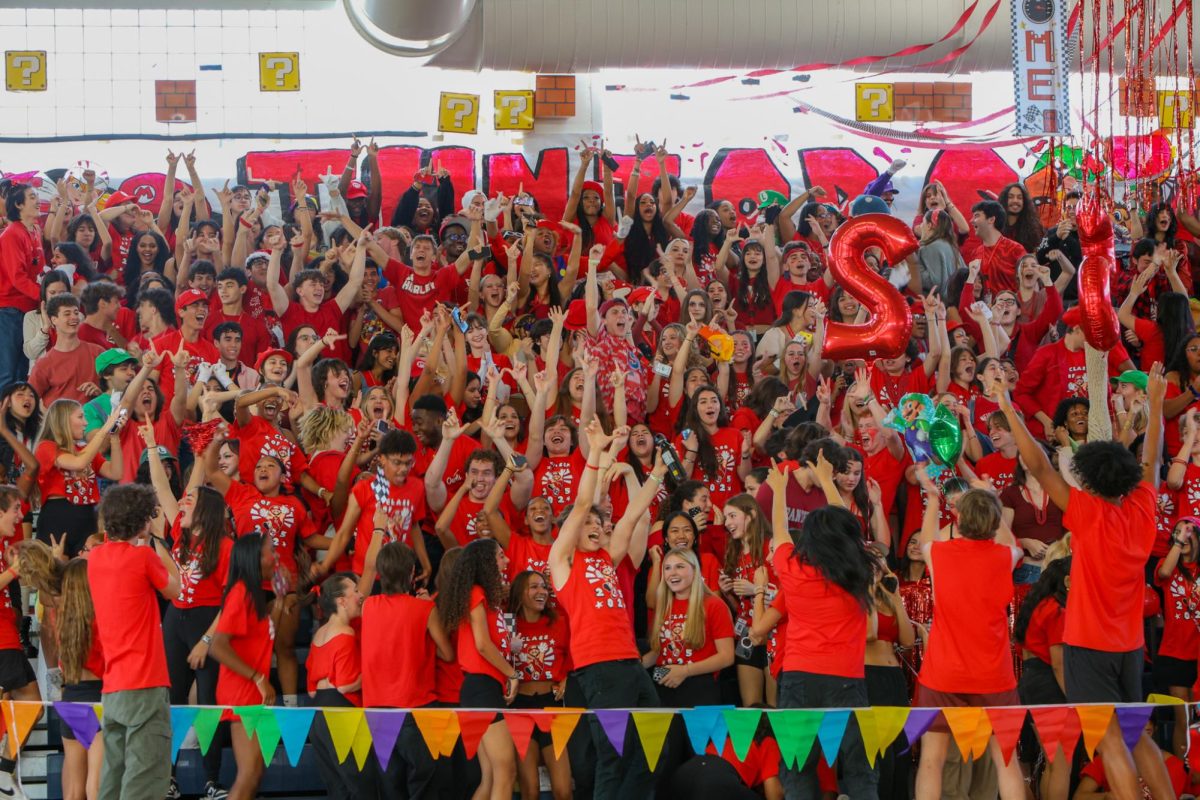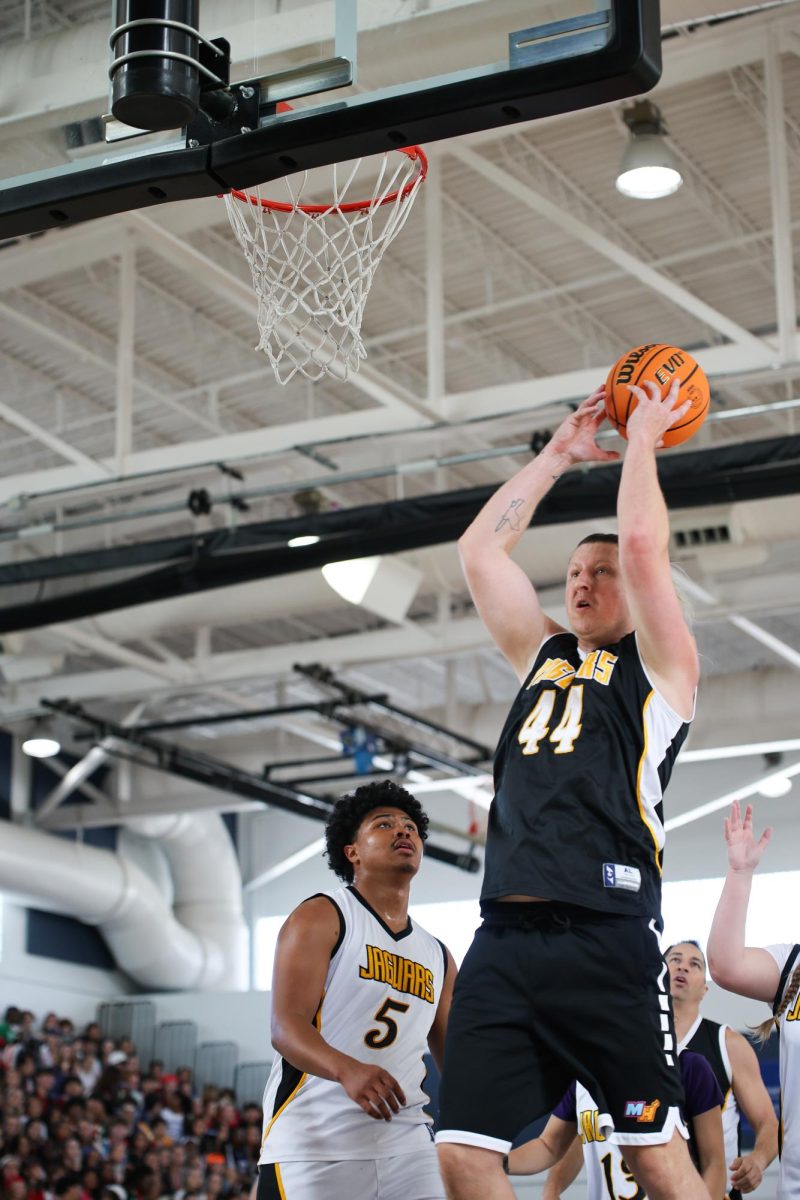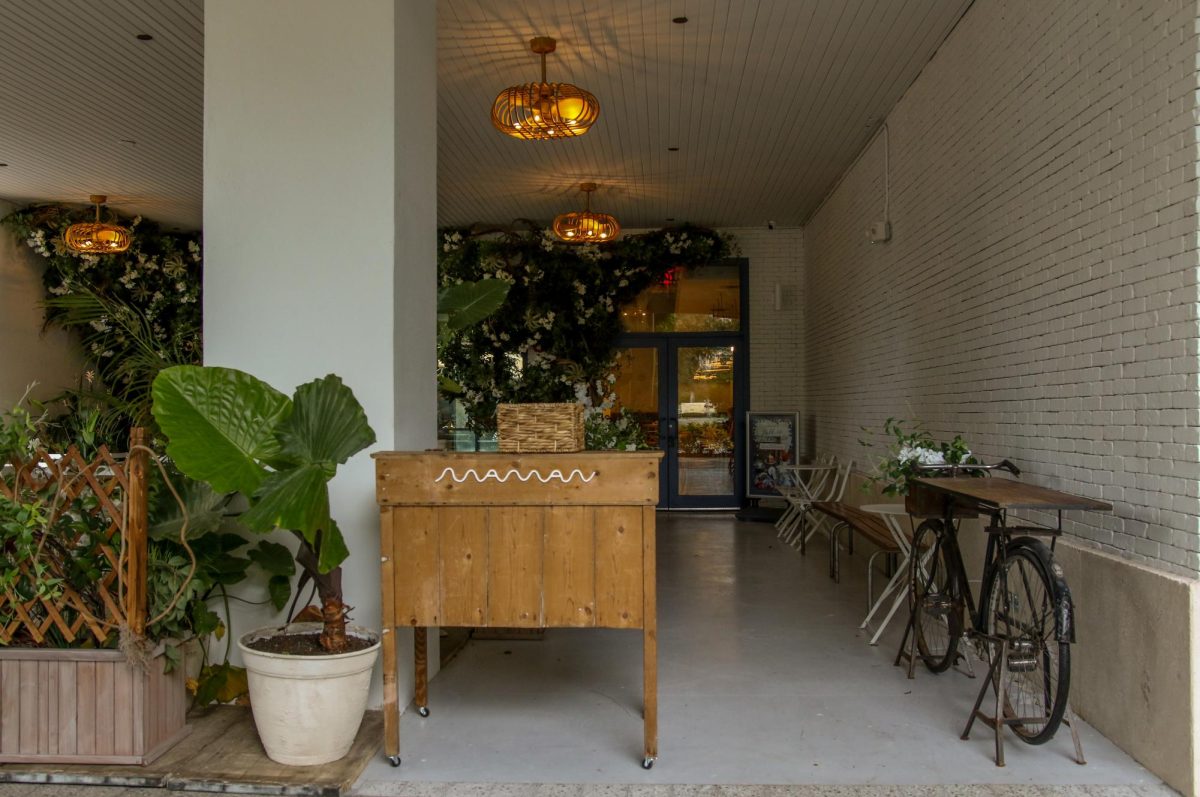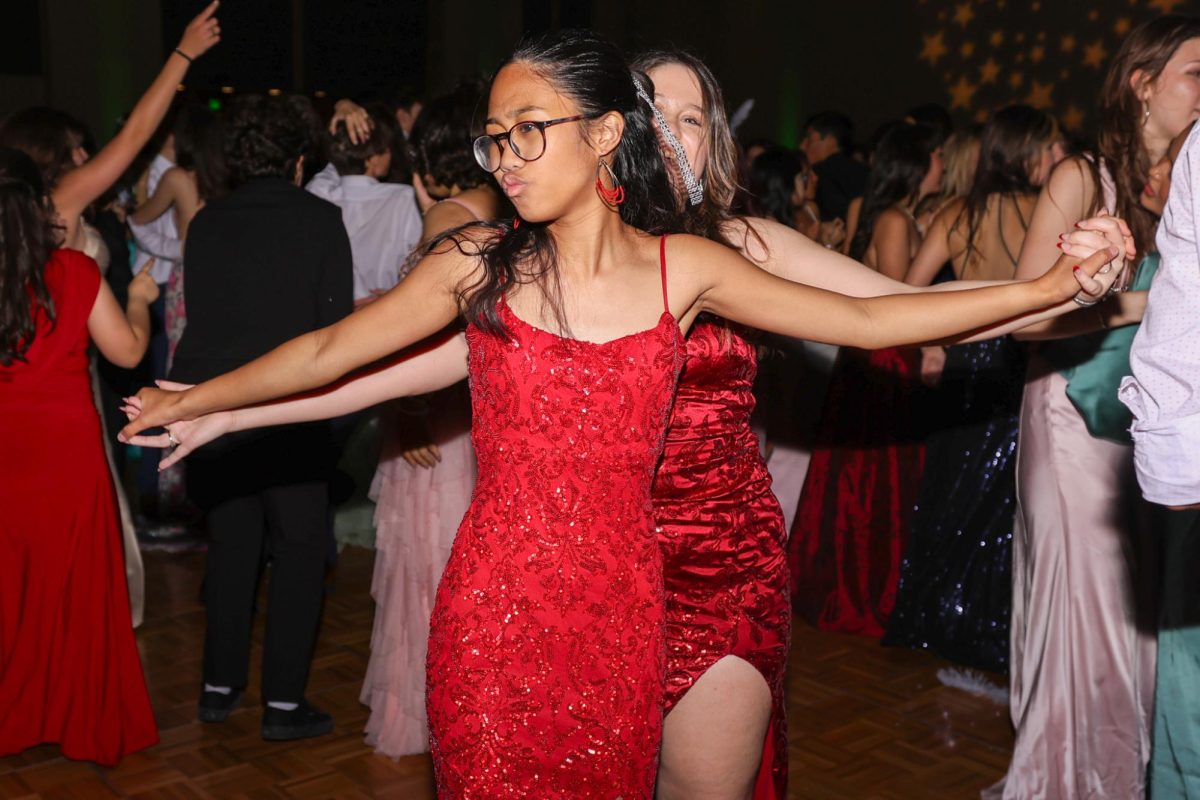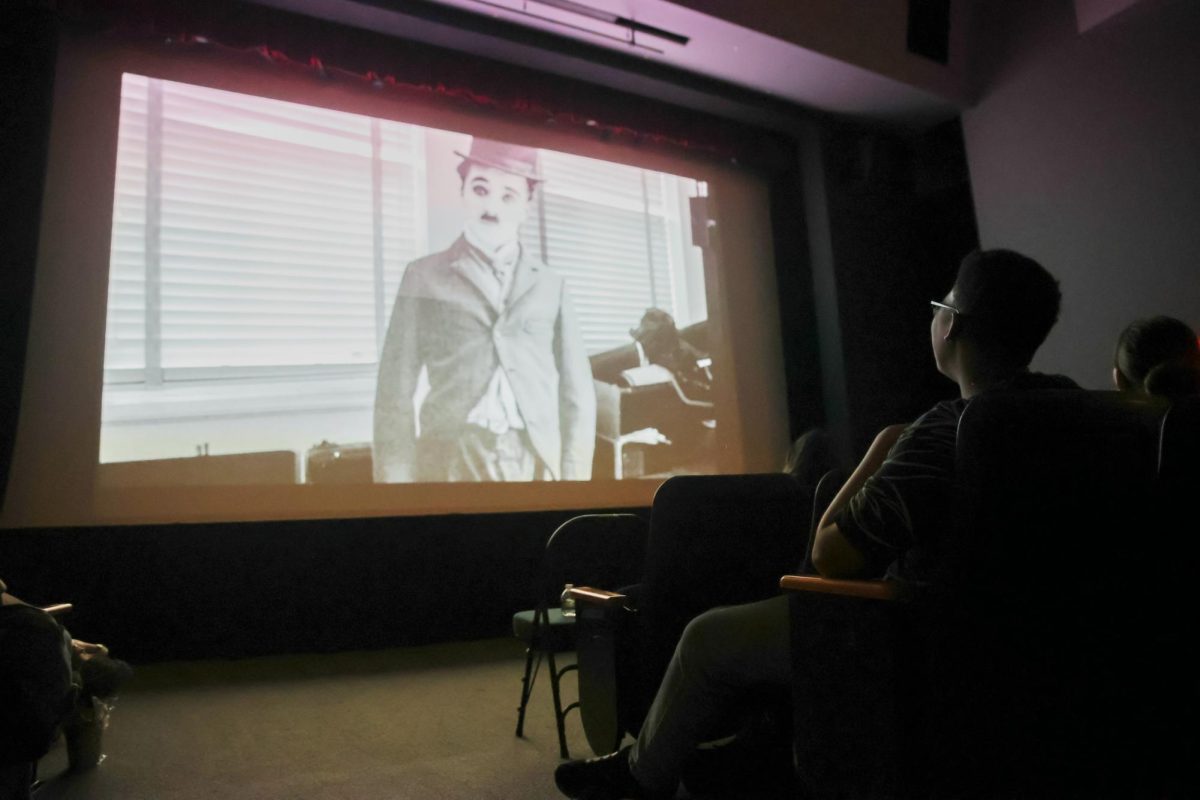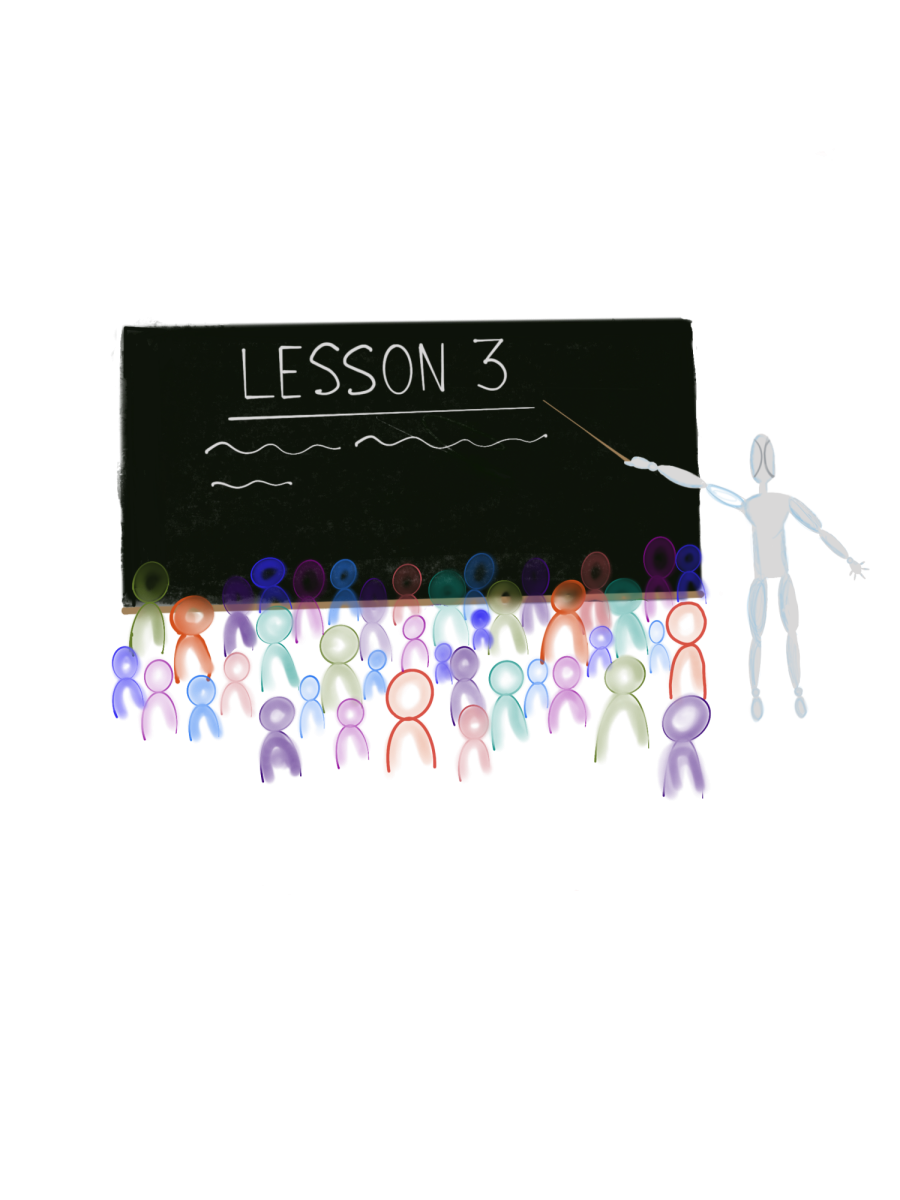As high school begins, excitement and anxiety are the orders of the day. As you crawl your way through mounds of homework and tests, questions arise: “What are you doing to keep up your grades? How many extracurriculars are you a part of? How are you setting yourself apart as a college applicant? What top universities do you want to apply to?” These questions are where the problem lies, part of why almost half of high school students in the U.S. are chronically stressed: competition.
What’s the deal with competition?
Competition is not always a bad thing. It can promote a greater work ethic and give a person the drive to achieve. However in the modern era of education, we are experiencing a level of ferocity in competition that has never been seen before. Competition has become such an integral part of high school that it wouldn’t be surprising to hear students bragging about how “competitive” their school is compared to others. Joining an exorbitant amount of extracurriculars and taking all AP classes has not only become advised, but also necessary to achieving what is labeled as academic success at Dreyfoos.
Competition in school is far from beneficial to students and their futures.This can best be seen in the impact excessive competition has had on millennials, 90 percent of whom have high school diplomas, a higher number than any previous generation in the U.S. Compare rising levels of education to the wages that many of these people earn, and you will find that those wages have been stagnating since the 1970s. Millennials were among the first to have highly competitive school environments that forced them to put in hours upon hours of work—and after all that, they only received stagnating wages. It’s clear that higher competition doesn’t necessarily equate to greater rewards. Not to mention the absolutely absurd amount of debt millenials had to take on for the promise of rising above the competition, which is worth approximately 1.3 trillion dollars total.
How does this affect me?
Competition affects students much more than just on a financial scale. Ask yourself, how long did you sleep last night? Chances are, according to a study done by Stanford University, that you slept far fewer hours than your recommended 8–10 hours of sleep. In fact, high schoolers were found to sleep an average of 7 hours a night, compared to the recommended 9 hours of sleep. We are now experiencing a “sleeping epidemic,” as the study puts it, which has been affecting almost 87 percent of all high school students in the U.S. The main reason for this epidemic? Competition. The same study also states that “the pressure on teens to succeed is intense. In high-achieving communities, that translates into students who are overwhelmed by additional homework from [AP] classes, outside activities such as sports or social service projects, and in some cases, part-time jobs, as well as peer, parental and community pressures to excel.”
So, what can I do to stop this?
It is unlikely for policy makers and educational officials to try and lower competition—putting in more effort will not increase Harvard’s class size, after all. However, when one is dealing with low standards of living due to a private corporation or the government, one may quietly hear the word “union” drift into their ear. Some have already proposed the idea of a “student’s union” an organization designed to help students by collectively bargaining with the government or private corporations for certain rights that can reduce competition. The creation of a student’s union may be the only way to try and end this competitive craziness, but until then, I still have two more essays to write, so I’d better get on those first.

